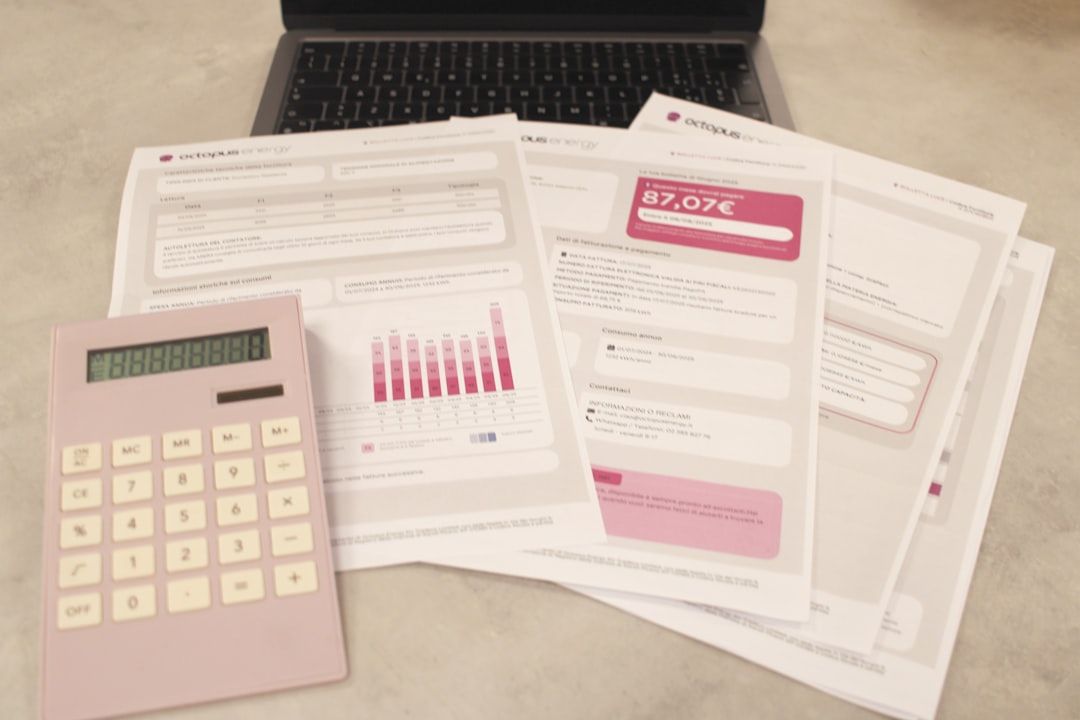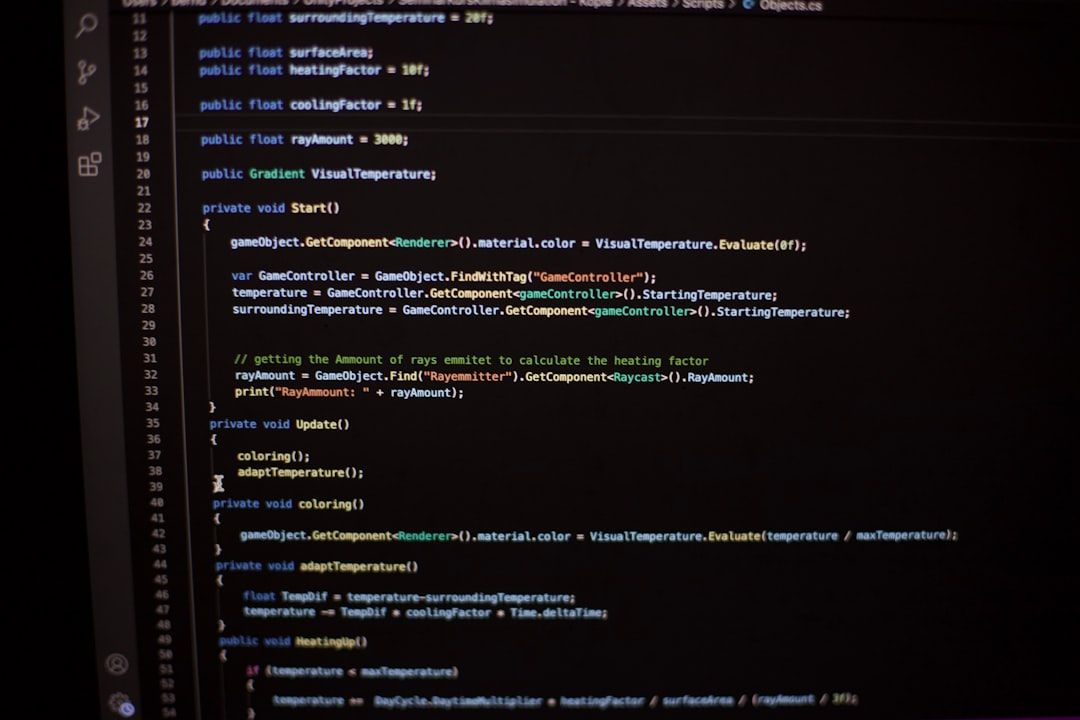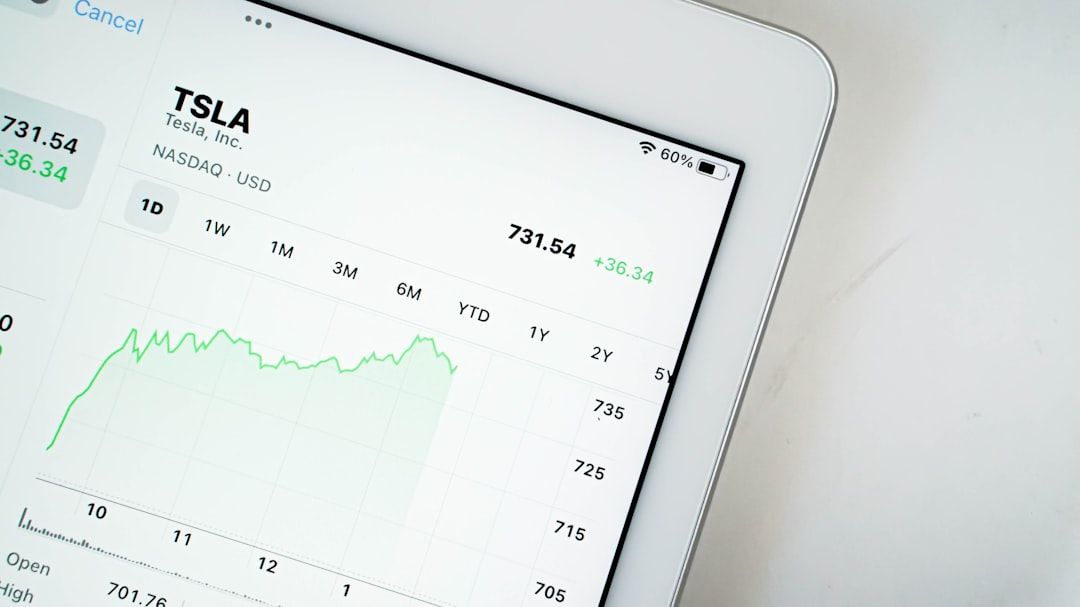Managing canonical tags is a cornerstone of technical SEO, yet it’s often one of the most misunderstood aspects of on-site optimization. Enter David Steinberg’s playbook—a tried and tested methodology for canonical tag cleanup that has guided countless webmasters and SEO professionals toward improved search engine visibility and crawl efficiency. This structured approach emphasizes clarity, consistency, and compliance with Google’s evolving algorithms.
Understanding Canonical Tags
Before diving into the cleanup process, it’s crucial to understand what canonical tags do. A canonical tag (<link rel="canonical">) informs search engines that a specific URL represents the master copy of a page. This helps prevent duplicate content issues, consolidates ranking signals, and keeps indexing streamlined.
When misused, these tags can confuse search engines, causing indexing problems and ranking dilution. That’s where David Steinberg’s canonical tag cleanup methodology comes in—systematically designed to identify misuse and apply consistent, accurate tagging across a website.
Step-by-Step Guide from Steinberg’s Playbook
1. Audit the Site for Canonical Tags
The first step in Steinberg’s approach is a full site audit. This means crawling your website using tools like Screaming Frog, Sitebulb, or Ahrefs to gather data on all <link rel=”canonical”> declarations.
- Identify pages with missing canonical tags
- Find canonicalized pages pointing to irrelevant or incorrect URLs
- Spot duplicate content clusters

This data forms the foundation of your cleanup strategy. Steinberg strongly advises segmenting the audit by content type (e.g., product pages, blog posts, landing pages) to better assess patterns and issues.
2. Confirm Content Equivalence
Steinberg emphasizes checking whether the canonicalized page is indeed equivalent—or at least similar in purpose and content—to the canonical URL. All too often, pages are incorrectly labeled as canonical versions of different content, leading to poor visibility in SERPs.
Best practices include:
- Ensuring article revisions or translated content either stand alone or are properly canonized
- Carefully reviewing faceted navigation and dynamic filters on e-commerce product pages
- Addressing pagination issues with clear canonicals or alternative rel=”next” and rel=”prev”
3. Remove Self-Referencing Canonicals Where Applicable
Self-referencing canonical tags are not inherently bad, but Steinberg’s playbook recommends evaluating their necessity. For highly dynamic sites or content with frequent updates, a self-referencing canonical could help search engines understand content stability. However, on static URLs or unique content, removing redundant canonicals can streamline markup.
4. Correct Cross-Domain Canonicals
Cross-domain canonical tags present special challenges. When pointing from one domain to another, Steinberg’s best practices include:
- Verifying control and ownership of both domains
- Ensuring content on both URLs is nearly identical
- Auditing backlink profiles before implementation to avoid cannibalizing authority
Misused, these tags can confuse algorithms and misallocate ranking signals. According to Steinberg, every cross-domain canonical needs a strict business case paired with extensive content alignment verification.
5. Automate Where Possible
Automation is a pillar in David Steinberg’s playbook. His recommendation? Use a CMS or tagging system that auto-generates canonical tags based on logic trees. For example, Shopify and WordPress plugins can help assign canonicals based on primary categories or default languages.
To implement automation successfully:
- Define canonical logic rules upfront
- Test with a subset of pages before full deployment
- Monitor for unexpected behavior post-deployment

6. Ongoing Monitoring and Maintenance
Cleanup is not a set-it-and-forget-it process. Steinberg underscores the need for ongoing monitoring. He suggests setting up alerts for canonical changes using SEO scripts or third-party tools like ContentKing or SEORadar.
In addition:
- Schedule monthly audits to catch regressions
- Use Google Search Console to inspect URLs and indexing status
- Keep documentation of your canonical rules and logic trees
Key Outcomes of a Canonical Tag Cleanup
Once the canonical tagging strategy is optimized according to Steinberg’s principles, webmasters often see measurable improvements:
- Reduced indexation of duplicate or thin content
- Improved crawl budget allocation across vital pages
- Consolidated link equity boosting keyword rankings
More importantly, it often results in a cleaner architecture and a more search-friendly site. Google’s algorithm increasingly favors websites that offer clarity and semantic consistency—qualities that shine when canonicalization is handled correctly.
Common Pitfalls in Canonicalization
Even professionals stumble on some of these canonical missteps, which the playbook warns against:
- Using canonical tags as a redirect mechanism
- Pointing to non-indexable (404 or noindex) URLs
- Canonical chains—where page A canonicals to B, and B to C
- Conflicts between canonical tags, sitemaps, and hreflang attributes
All of these issues dilute the value of a canonical strategy. Steinberg’s playbook includes validation steps to cross-reference canonical URLs with sitemap entries, internal links, and indexing behaviors.
Future-Proofing Canonical Strategies
SEO evolves, and so should your canonicalization plan. Steinberg advises preparing for scenarios like AI-generated content, personalized experiences, and URL parameter filtering. He encourages integrating canonical audits with broader technical reviews during site migrations, CMS changes, or large-scale content revamps.
Ultimately, canonical tags are more than a technical tweak—they are strategic signals to search engines. When used correctly, they elevate content utility, reduce redundancy, and help sites align with ever-tightening search standards.
FAQs
- Q: What is a canonical tag?
A canonical tag is an HTML element that tells search engines which version of a URL is the master copy to avoid duplicate content issues. - Q: How do I know if my website has canonical issues?
Use SEO tools like Screaming Frog or Sitebulb to crawl your site and analyze canonical tag placement, structure, and targets. - Q: Are self-referencing canonicals necessary?
They can help reinforce URL clarity but may be unnecessary on static, unique content pages. Steinberg suggests evaluating them case-by-case. - Q: Can I canonicalize from one domain to another?
Yes, but it must be done carefully. Ensure content is identical and you control both domains. - Q: How often should I audit my canonical tags?
Perform a full audit quarterly, with monthly spot-checks for large or dynamic websites.
By following David Steinberg’s playbook for canonical tag cleanup, businesses and webmasters can significantly enhance their SEO hygiene and build a resilient foundation for long-term digital success.

